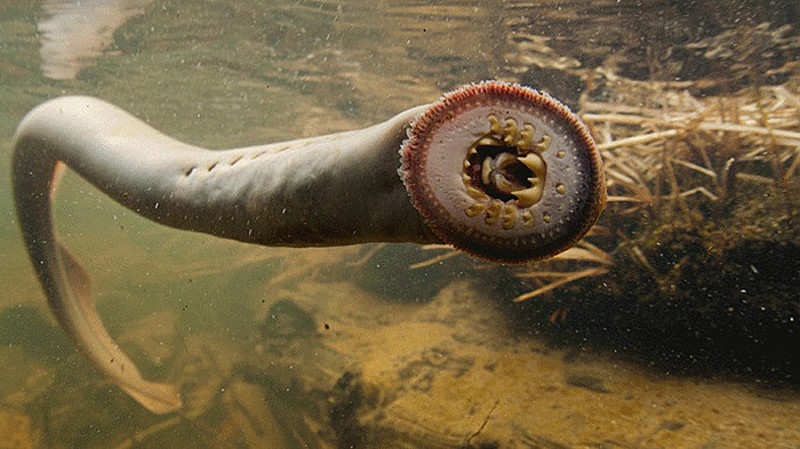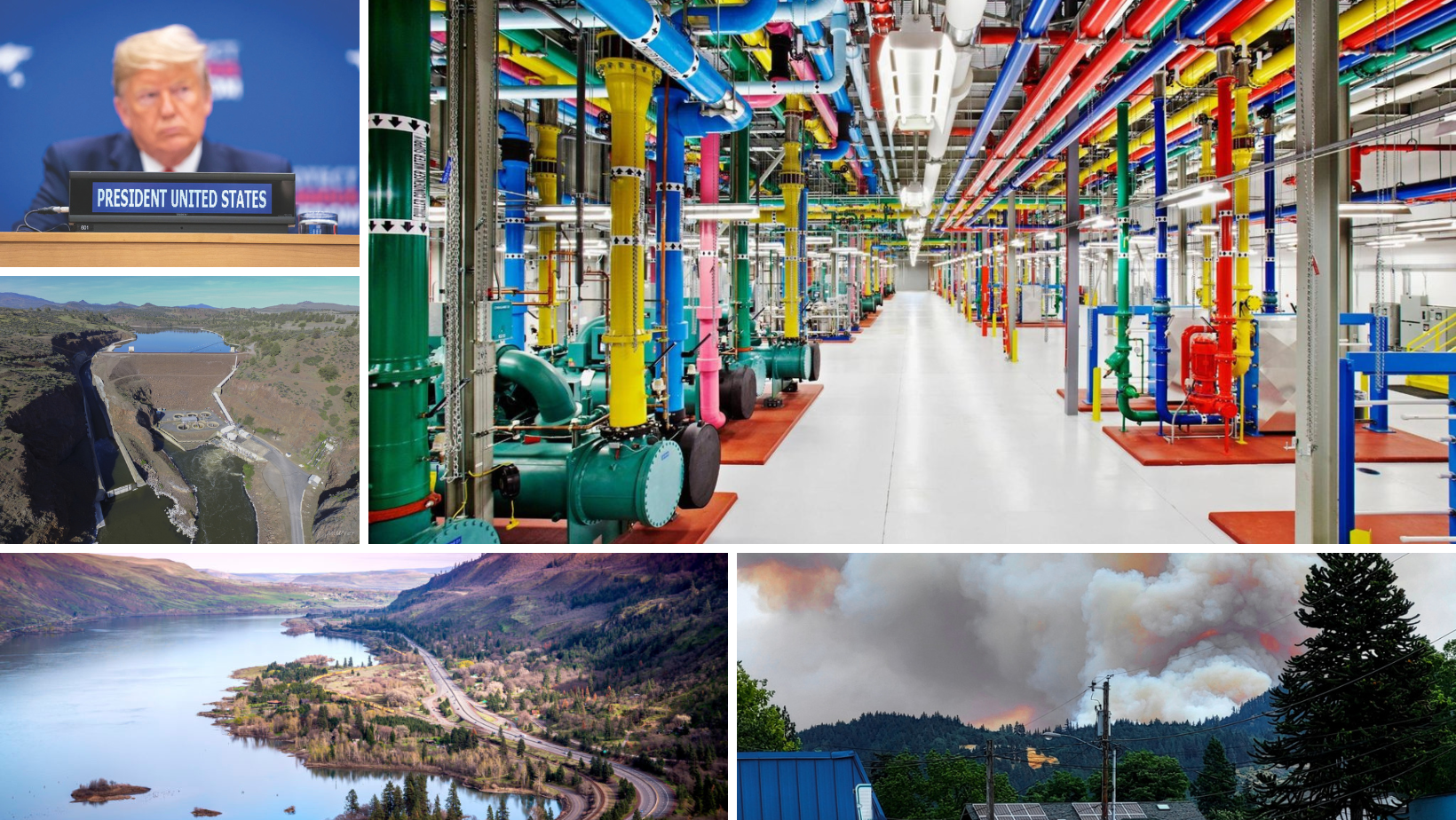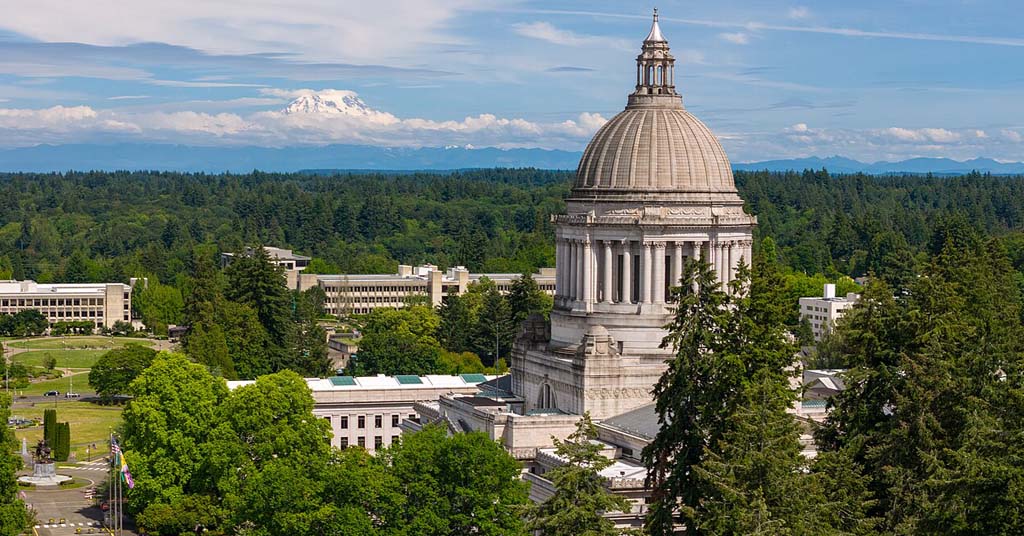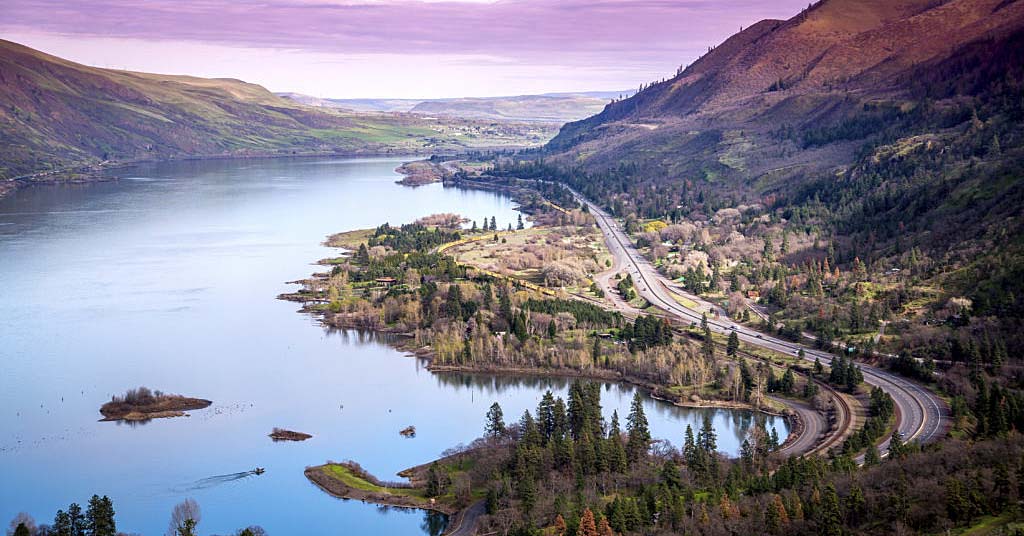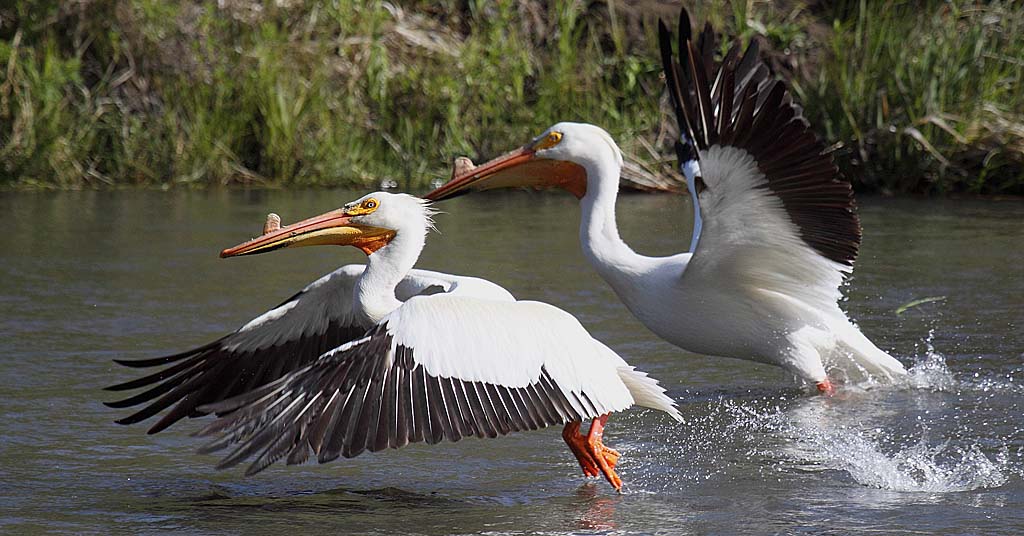The Columbia River Gorge Commission met at the Hood River Inn on Feb. 13 to discuss the effects of climate change on the region. During the meeting, the Commission responded to presentations by a panel of five experts from Oregon and Washington. Here are some takeaways from the meeting.
“We are in a snow drought—it’s a record low. Every mountain range in the West has a decreasing snowpack,” said Phil Mote, Associate Dean at the Oregon State University, Ocean and Atmospheric Sciences.
“Wildfire frequency will increase. Annual fire acreage has doubled in size since 1985,” Mote continued, adding that wildfires release large amounts of carbon into the atmosphere. But those carbon emissions, he said, are dwarfed by other, more mechanized sources: “Even though fire carbon emissions have increased from fires, there is much more carbon in the air from cars and industry.”
As evidenced by the Paris Climate Accord, the urgent need to decrease carbon emissions from factories and automobiles is, for the most part, a worldwide consensus. While our current administration chose to withdraw from the international Accord, state governments on both sides of the Gorge are doing their part to curb these emissions.
Kristen Sheehan, who serves as Oregon Governor’s Carbon Policy Advisor, said Oregon’s goal is to reduce carbon levels to 75 percent of 1990 levels by the year 2050. Sheehan shared some actions that the state is taking in order to meet that goal: Oregon’s last coal generation plant will retire by 2020, and by 2030, the state utility companies want to divest themselves from out of state coal generation. The state also plans for all of its buildings to have net-zero energy use by 2023.
Sheehan brought up the fact that there are currently 16,000 electric vehicles operating in Oregon, and that the state’s goal is to have 50,000 by 2020.
On a larger scale, Oregon legislators are working on a Cap and Invest program to reduce carbon emissions.
Washington Governor’s Natural Resources Policy Director Rob Duff shared that similar progress is being made on his side of the river, offering up the idea of a carbon tax as an effective way to decrease carbon emissions. “Carbon will be taxed and will generate $250 million in 2019. There is bipartisan statewide support for this program.”
Jonathan Smith with the Columbia River Intertribal Fish Commission presented the Columbia River as a battleground in the fight to address climate change. “There will be increased competition between Columbia River flows for hydro-electric generation and maintaining in-stream flows for fish,” Smith said. “River and stream water temperatures are increasing impacting fish survival.”
One of the CRIFC’s primary concerns is that lamprey could disappear from the Columbia Basin, which has spurred Tribes to develop adaptive management strategies to react to climate change. Commissioner Antone Minthorn stated that these strategies should also take treaty rights into account.
Assistant Dean at the U. of Washington Amy Snover works directly with climate change solutions as part of her work with the university’s Applied Research and Climate Impacts Group. Like Smith, Snover sees the river as a critical arena in the ongoing effort to combat increasing carbon emissions. “A key issue is to revise the Columbia River Treaty with Canada to include climate change,” she said during her presentation.
Wrapping up the meeting on a positive note, Commissioner Don Bonkers said, “Both states are fortunate to have governors who care about this and are doing something.” Commissioner Bowen Blair agreed, adding, “When the legislation was passed in 1986, climate change wasn’t even on the agenda. Now it’s the greatest risk. We need to do this not piece-meal, but rather on a large scale.”







